 Ruth Battersby, Senior Curator Norfolk Museum Service Ruth Battersby, Senior Curator Norfolk Museum Service Here is a brief note about the C&TA AGM and talk by Lisa Little of Sheringham Museum, on 18th May 2024. The aim of this little piece is to give you a flavour of the event in case you could not attend in person. A friend of mine, when I asked her if I would see her at the C&TA AGM, said “Oh no, I don't do AGMs.” But I have to say the C&TA AGM is such an exemplary affair I could find no excuse not to attend. It is informative, briskly run and so mercifully brief. Minutes of the last meeting, agenda and treasurers report were available. A variety of members from the floor were quick to propose and second motions, so there was no tedious delay and all the reports were clear and to the point. The Jerningham Room upstairs at The Costessey Centre was full and there was a lot of chatter in between the various presentations. I was impressed at the smooth transition between officers, as we had changed both our Chairman and our Treasurer. The previous post holders were properly thanked and flowers were presented. The Chairman’s talk included thanks to many and pride in our achievements, in particular the 35 th Anniversary Exhibition at the Norfolk Makers Festival, held in April at the Norwich Forum. The Treasurer explained the audited accounts and our different sources of income. The digital report highlighted how important the online talks had become for the C&TA income and how they had extended our international membership. There was a discussion of what I would call the digital divide and people’s confidence in using new technology Ruth Battersby, Senior Curator at the Norfolk Museum Service’s presentation was very interesting. She focused on the recent work of moving the collection and the importance of location documentation; and highlighted the contribution C&TA had made to the work of the Museum Service. She also explained the Norfolk Museums Service’s role in the advisory services available to other heritage organisations There was then a small gap in proceedings, so anyone who had wanted to avoid the AGM could arrive just for the talk. The speaker for the day was Lisa Little of Sheringham Museum. Lisa spoke about her family connections to Sheringham. Her talk covered two main topics of great interest to members: The first was John Craske, the fisherman, artist and embroiderer. Lisa showed the design and development of a community piece in response to his work, the ‘Sheringham Seascape Embroidery’, a view of the Sheringham shoreline - this piece of work-in-progress was set out on a table for us to examine afterwards. The second was the East Anglia Gansey Group project [A gansey is hand knitted woollen jumper worn by British fishermen], which included an insight into the development of the International Gansey Day (23 rd November) and the ‘Gansey of Inclusivity’, a truly impressive piece of 5ft 8in knitting celebrating the LGBTQ+ community. Lisa’s enthusiasm and hard work shone through her talk. We hurried away promising ourselves a visit to Norwich Castle when the Keep restoration project opens, and a visit to Sheringham, where the museum is open everyday, except Sunday, as soon as possible. Helen Ann Durrant (Member, C&TA)
0 Comments
April 2024: Ten day Exhibition celebrating the 35th (Coral) Anniversary of the C&TA at The Forum, Norwich. This summer we are very proud to have celebrated the publication of two new C&TA books - each very different but both outstanding examples of their genre. Our authors were signing copies at the Worstead Festival at the end of July. Dr Michael Nix has produced the first exhaustive history of the Norwich textile industry, a must-have book for academics and enthusiasts alike, whilst Stephen Worth's stunning colouring book brings to life the fashion for Norwich shawls in the nineteenth century in a delightful book full of lovely images and fascinating facts that will appeal to all ages.  They were joined by Helen Hoyte CBE whose beautiful illustrations and expert knowledge of Norwich Shawls and the Strangers - textile workers in Elizabethan times - are celebrated in her two books. It was a great day celebrating Norfolk's textile heritage in the grand medieval church in Worstead built from the proceeds of the medieval wool and weaving trade and in the good company of the Worstead Weavers, spinners and dyers who are keeping those ancient skills alive. The York Re-visited Trip April 28th-30th 2023 - report from Barbara Coe Those members who are regular supporters of the C&TA weekends away will remember that we last visited York in 2016.The year that witnessed high spring tides which brought flooding to the centre of York and forced the hasty reorganisation of C&TA activities on that visit, with the York Minster Broiderers and Fairfax House coming to our rescue. As was the case in 2016, ‘Wheatlands Lodge Hotel’ was our base for this year’s visit. It is a friendly, family run hotel with comfortable rooms, excellent meals and is within easy walking distance of the city centre. We arrived late afternoon on Friday and after dinner several members enjoyed a walk around the medieval city walls or into the city centre in the spring evening sunlight. Saturday morning we were off to the National Quilting Museum where we were treated to a private viewing of key items in the collection. These involved not only wonderful eighteenth and nineteenth century quilts made by both aristocrat ladies and working women sewing to make a living but also a bikini and evening jacket! York Castle Museum was our Saturday afternoon venue with its refurbished fashion galleries dedicated to modern fabrics and fashions. These were in sharp contrast to the quaint displays of drapery and haberdashery in the windows of shops in the Victorian Street which is housed in the basement of the museum. Sunday morning marked a return visit to Fairfax House – built in the eighteenth century by a wealthy, local merchant as a town house for the York ‘social season’. We were given a guided tour before the house was opened up to the public at noon. The tour outlined the history of the house and the family who built it with special reference to garments and soft furnishings. Then after an al fresco lunch it was off back to Norwich with some happy memories of our second visit to York.
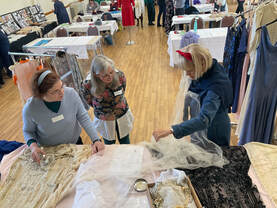 April 19th 2023 April 19th 2023 Our Costume Detectives Study Days, led by Jenny Daniels and Isobel Auker, draw widely on items from our own ever expanding Resource Collection, and give participants the opportunity to explore garments in depth. In our recent workshop in April a group of 22 members concentrated on the period between the two World Wars, from the exuberance of the 1920’s, the elegance of the 1930’s, to the restrictions of 1940’s economy. The wide range of garments available for study included underwear, daywear, wedding dresses and ball gowns. Some could be tried on, others were fragile but could be investigated and researched. None of our resources are deemed to be of museum quality, but we relish the joy of handling them freely, understanding how they are constructed, and imagining what they felt like when worn. To begin the day Jenny gave an introduction to the social and historic background to the period. Members were free to choose and study items of their choice from those provided, and in spare moments investigate the array of visual material and samples displayed. After lunch Isobel presented a short talk on the development of knitwear during this era, from its use in functional underwear to its elevation to high fashion and individual creativity. At the end of the day individual participants shared their discoveries, giving us all more insight into our unique resource collection. Details of our next study days will be posted on our Events pages. 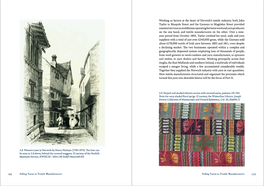 The much anticipated publication on the history of the Norfolk Textile trade by Dr Michael Nix has just come from the printers. It is a beautifully illustrated record of the people, products and practices of the industry and of the extraordinary hand-woven fabrics exported around the world in the eighteenth and nineteenth centuries. The book introduces us to Norwich wool and yarn manufacturers, dealers, factors, staplers, spinners, wool-comb makers, warpers and scourers, masters and journeymen. Norwich, twisterers and doublers, dyers and bleachers, hot-pressers, shuttle and bobbin makers, all working to support the Norwich and Norfolk freemen weavers. This fascinating, comprehensively researched book traces every process of the trade with examples of the incredible array of pattern books, many held in Norfolk Museums Service collections, which provide a rich historic record of their products. Such was the extent of the extensive research for this book that there are a further 12 appendices published on the C&TA website. Copies of the book are available to buy on the C&TA website. ctacostume.org.uk/shop The Singh Twins - Norwich Castle Museum, 1 October 2022 - 22 January 2023
Collectively they revealed not only the beauty, renown and craftsmanship of Indian fabrics but also their political, social and cultural significance as a commodity connected to complex narratives of colonial history.
A second room featured related objects from the museum's collections, many of which were incorporated into the artworks. Films by the artists, as well as smaller drawings, paintings and archival material offered insights into the Twins’ creative thinking and processes. Inspired by Eastern and Western art forms, the Singh Twins use artistic language from centuries ago to address a range of modern, social and political themes through a combination of hand-painted and digital techniques. At the heart of their work lies the desire to challenge narrow perceptions of heritage, culture and identity and show a more balanced representation and understanding of the past which can influence how we relate to the present. The result was a beautiful, scholarly, and thought provoking exhibition. A commission inspired by victorian puzzles and picture books in the NMS collections will now go on permanent display at the Castle Museum. 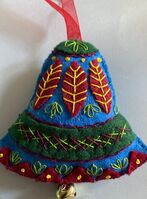 As Christmas rings in once more this year, it is a good time to reflect on the successes and achievements the year has brought. This lovely felt ornament was made at Joy's Christmas Workshop where members sat and sewed together - a treat that has been missed by many over the last couple of years. But restrictions have been the mother of invention and the C&TA has seen great expansion in its online presentations and talks, adding to its popular programme of Norwich based events to welcome fellow textile and costume enthusiasts from around the world. Some of our zoom lectures have been recorded, so there may be a chance to catch them if you missed the first airing. Please let us know if there were any you particularly enjoyed. 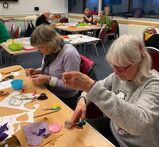 Next year we are looking forward to more of the same, new books being published, an exciting programme of lectures and talks, trips, sharing knowledge and friendship. Keep an eye on the website, social media, and do sign up for our newsletter if you haven't already done so.Email Newsletter - Happy New Year - see you in 2023! 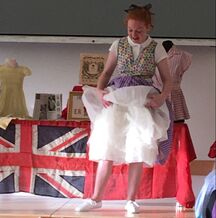 This month, Members had two fascinating insights into dressing for the Coronation of HM Elizabeth II's coronation in 1953. On Zoom, Costume Historian Jane Hattrick gave us a privileged look at the extraordinary private archive of couture designer Norman Hartnell. He designed both the Queen's wedding and coronation dresses as well as a glamorous wardrobe of garments that redefined the royal 'look' during the first part of her reign until his death in 1979. Hartnell designed hundreds of ensembles for numerous Royal tours and State events, creating a Royal style and working wardrobes for Her Majesty that still resonate in terms of the Royal ‘look’ today. His Royal designing also inspired his fashion collections. Dr Jane Hattrick who has curated this private collection explored stories of fashion and Royal dressing through a study of original sketched designs, Royal correspondence and paperwork, photographs, garments and interviews with Hartnell’s staff. This was followed, later in the month, by a presentation from Meredith Towne, who also took us to the coronation, but concentrated more on the wardrobe of the ordinary woman in the street. She modelled Coronation pinafores, petticoats, designer and home-made outfits and re-enacted street parties on post war rations. The original Coronation Programme which Meredith brought along testified to the extraordinary expense and spectacle of the event. How fascinating it will be to compare with the coronation of 2023. 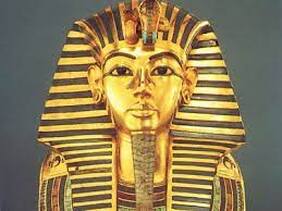 The advent of Zoom Lectures has enriched many of our lives - what a privilege it is to be able to listen and talk to leading experts around the world from the comfort of our own armchair. That was certainly the case at this month's C&TA zoom lecture with Textile Archaeologist Dr Gillian Vogelsang-Eastwood, Director of the Textile and Research Centre at Leiden in The Netherlands about her lifetime of research and painstaking recreation of the garments found in the tomb of Tutankhamen. 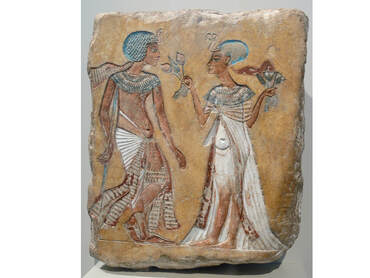 The tomb contained a large and varied collection of textiles in varying states of preservation that are now being studied in detail, and are revealing surprising new insights into the life of the young King. These include 145 precision-folded loincloths, 12 tunics, 24 shawls, 28 pairs of gloves, 25 head coverings and 15 sashes, along with 47 pairs of shoes and 4 pairs of socks plus 2 leopard skins and 2 aprons. The clothes were of the finest materials and include the ceremonial robes worn at his Coronation when Tutankhamen was still a young boy. It was fascinating to examine the clever design, fine embroidery, symbolism and colours used, and see the care that had been laboured on these royal garments and personal items - as much status symbols as the glittering golden masks and accoutrements more often associated with Howard Carter's discovery, and no less fabulous. A glimpse into his wardrobe enables a more revealing and intimate reconstruction of the life of a Pharaoh and these extraordinary objects still have more to tell us.
|
AuthorCaroline Whiting is a trustee of C&TA, an art historian and a guide at Norwich's Norman Cathedral. She is passionate about textiles as an art form, from medieval to modern. Archives
June 2024
Categories |
|
Costume & Textile Association
Shirehall, Market Avenue, Norwich, Norfolk, NR1 3JQ Events tel: 01603 745766 Email: [email protected] |
Registered Charity number: 1197727 © COPYRIGHT 2023. ALL RIGHTS RESERVED.
Website design by Cora Studios |




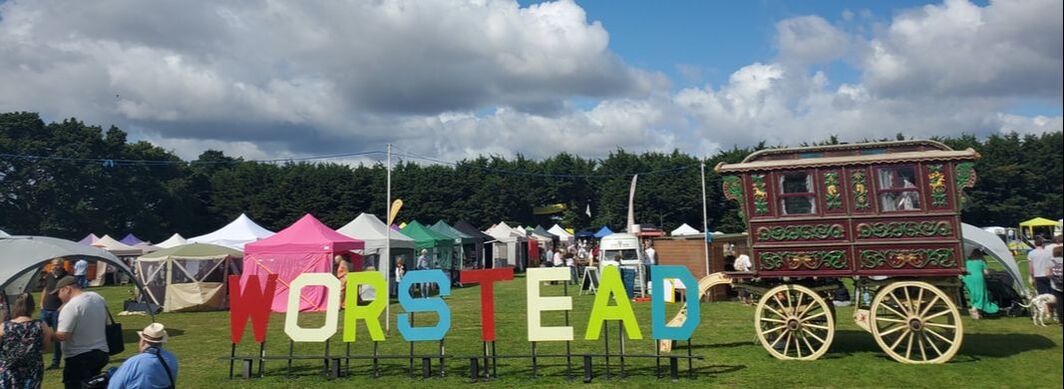
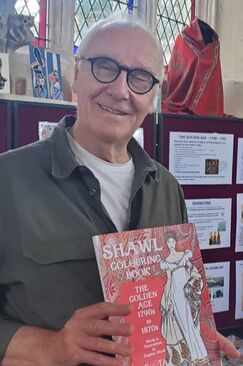

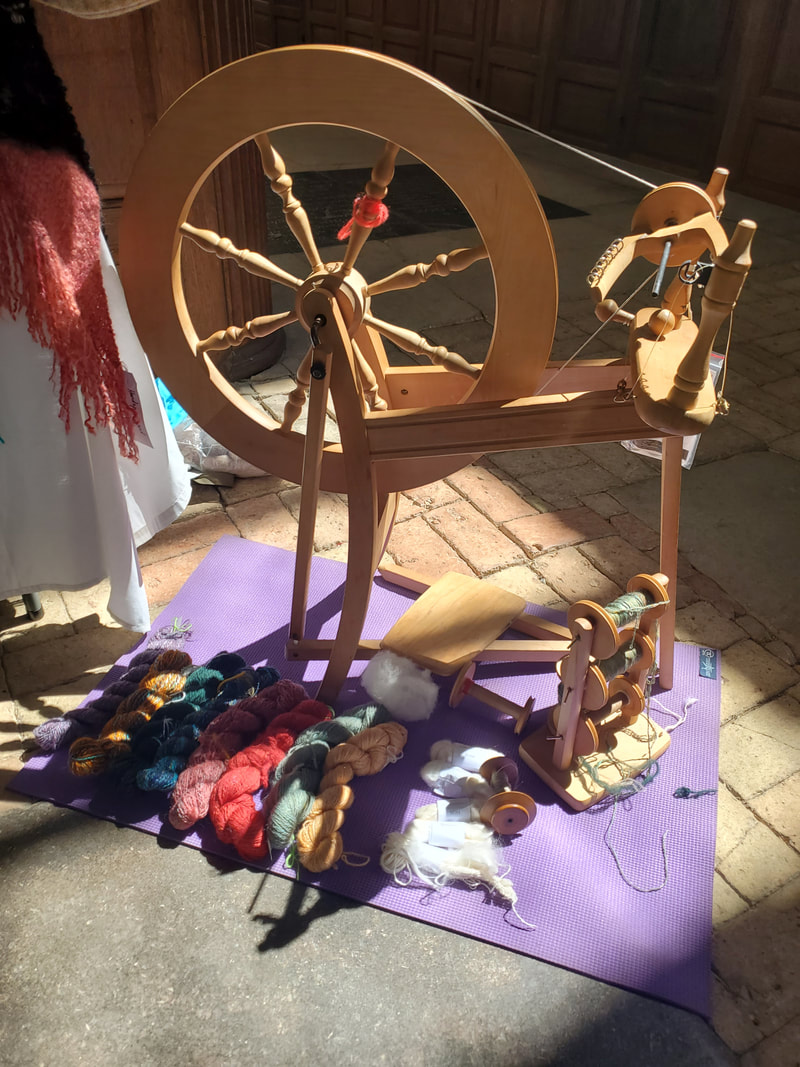
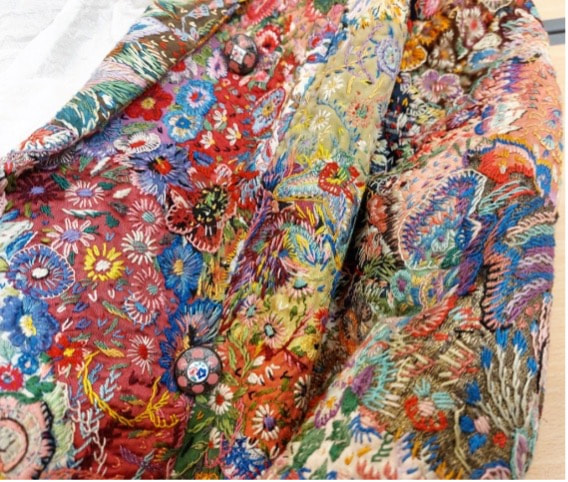
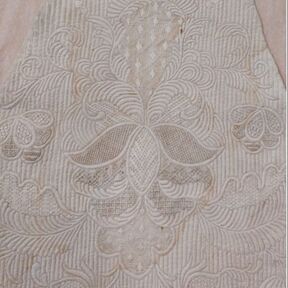
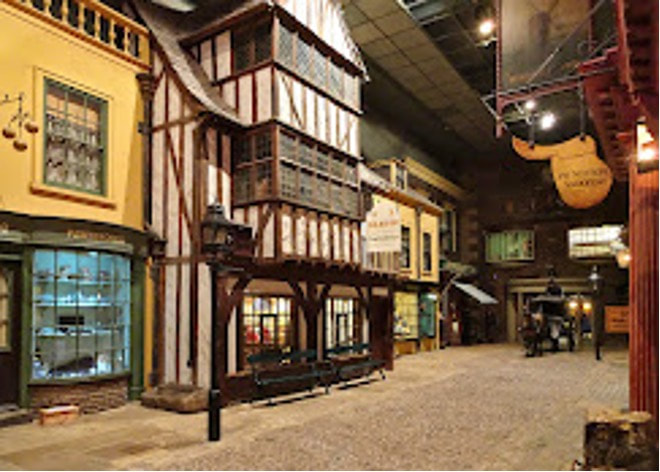
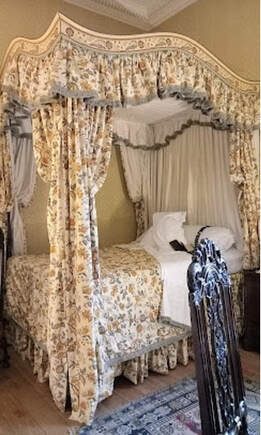
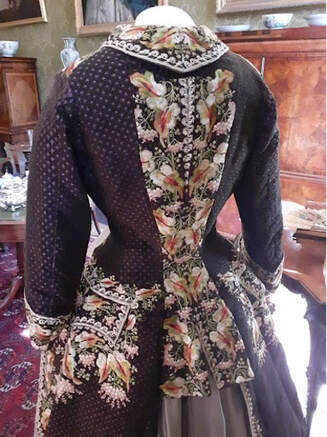
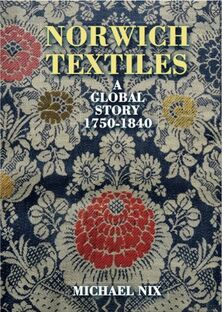
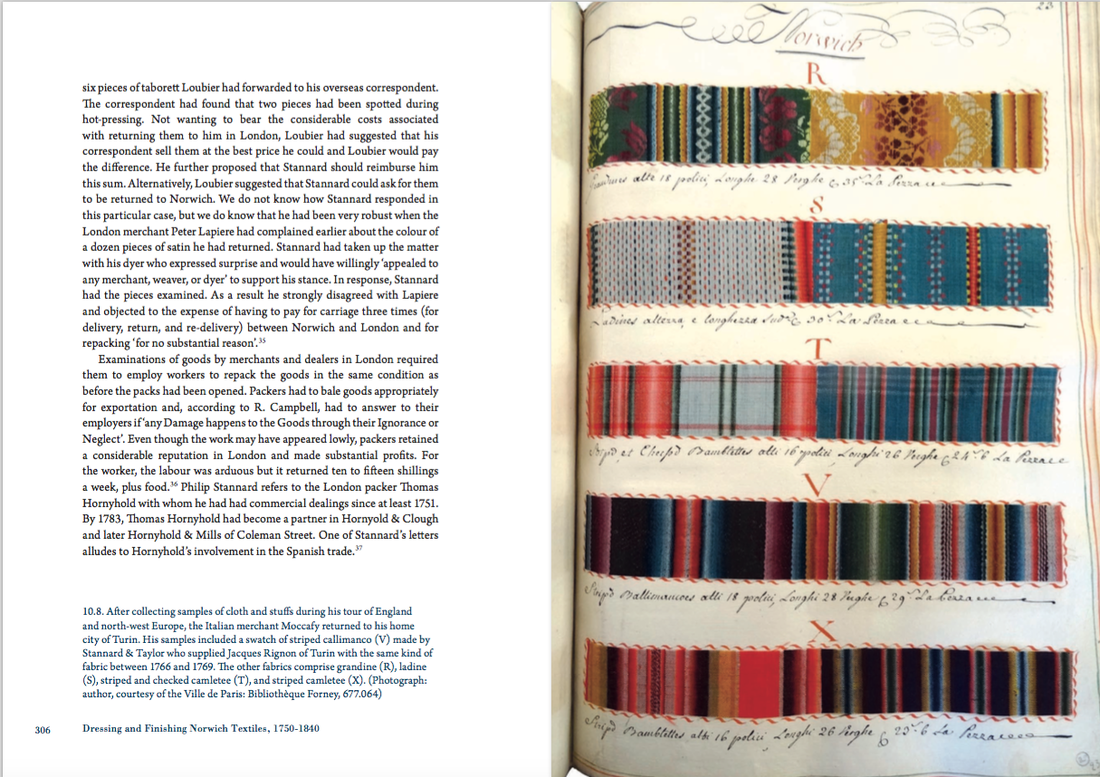
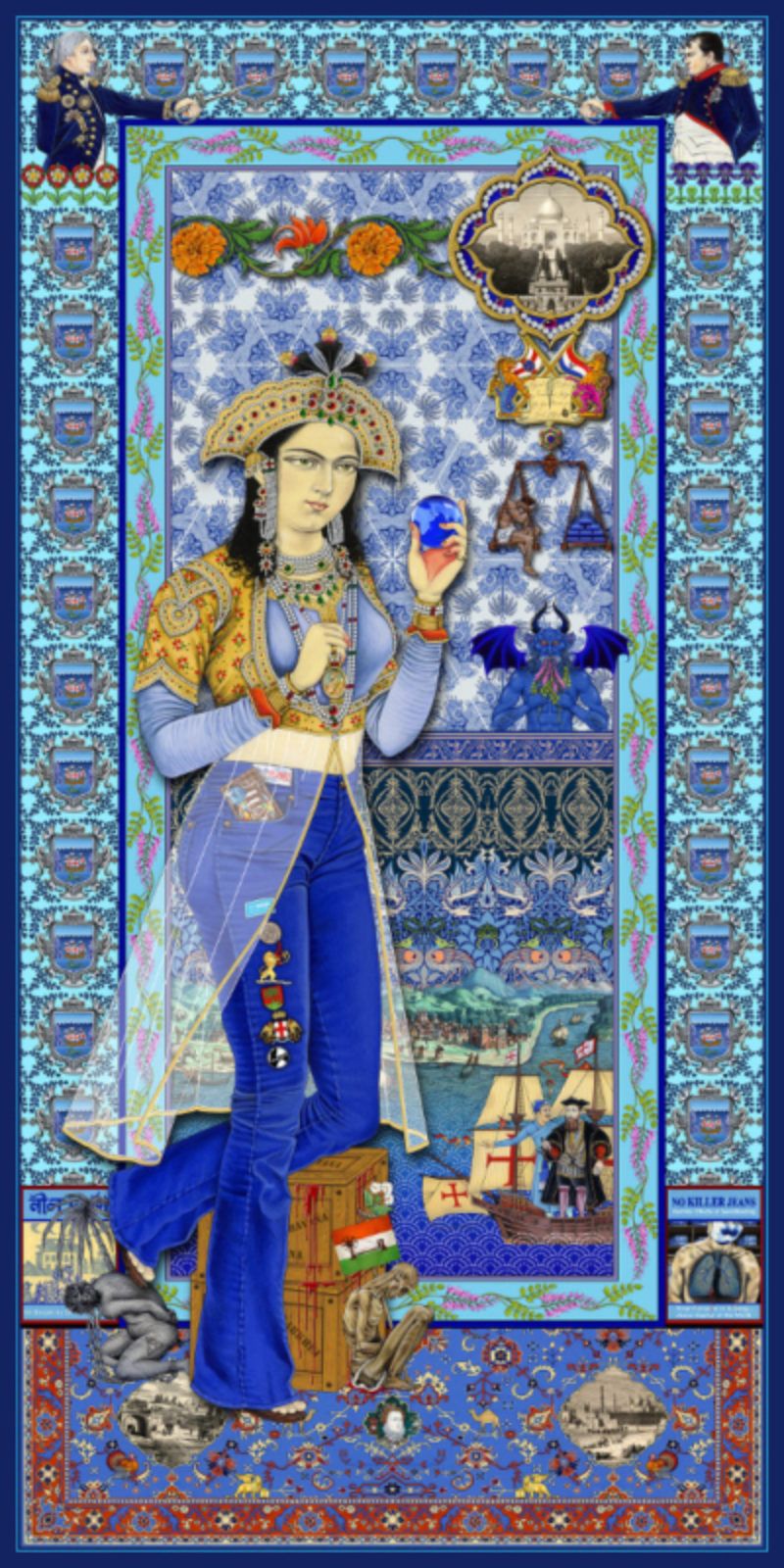
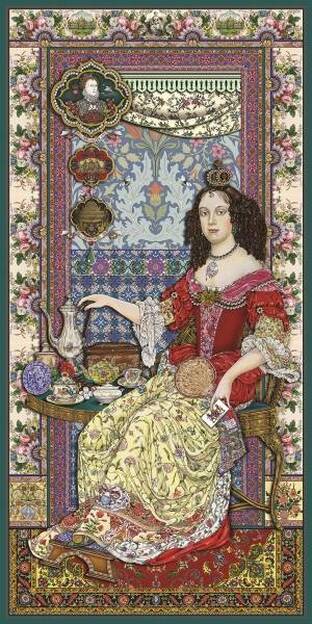
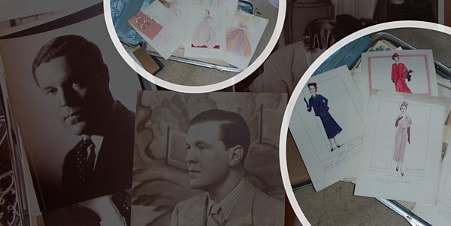
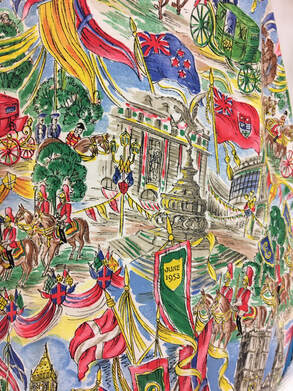
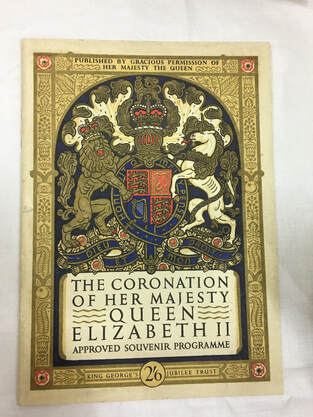
 RSS Feed
RSS Feed